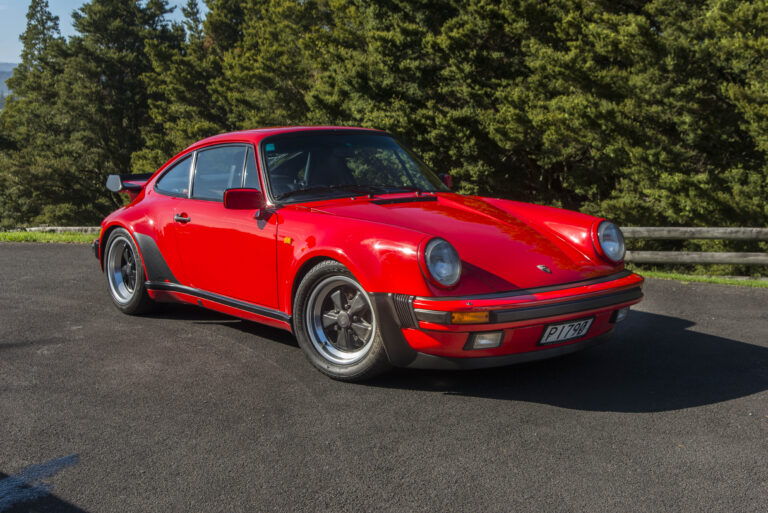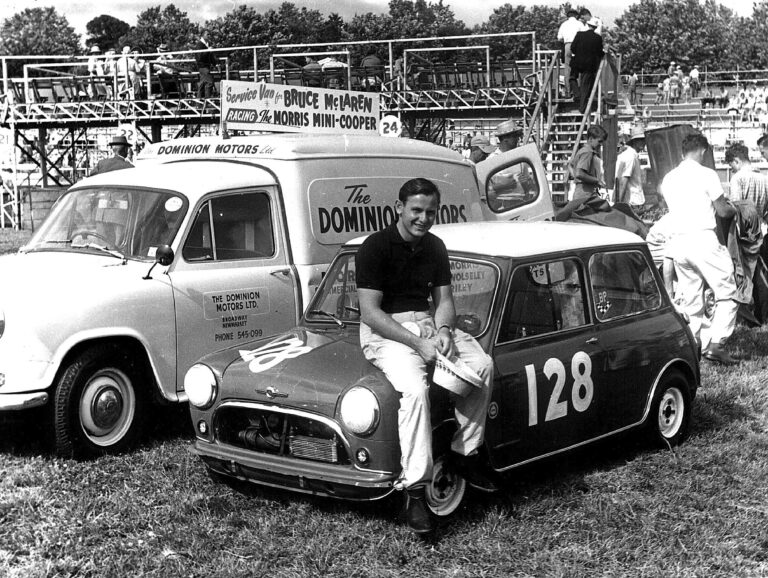Generally speaking, Bugattis are a rare and elusive breed on New Zealand shores. But among the few that reside here, there is one that stands out above the rest in terms of rarity, and New Zealand Classic Car magazine was among the few-hundred invited guests to witness its revelation at Hamilton’s Classics Museum earlier this month.
Owned by Classics Museum owner Tom Andrews, this 1937 Bugatti Type 57 carries an interesting history — and it’s set to have an equally interesting future ahead of it.

By common knowledge thought to be almost extinct, this particular Type 57 — one of only 719 ever built by Bugatti — was discovered in December 2014 in western France as part of ‘The Baillon Collection’. One of the largest barn find treasure-troves in recent history, the 60 cars recovered fetched a total price of US$28.5 million (just shy of NZ$42 million), at auction — some US$10 million higher than price estimated. Tom’s seasoned Type 57 sold for NZ$489,260.

Initially built as a Gangloff-bodied Bugatti, this example was rebuilt with a Ventoux body before eventually winding up in Roger Baillon’s collection of cars where it would sit and rust alongside many other exotic European classics for several decades before being sold to Tom and subsequently making the trip to New Zealand.

While it was revealed to the public in a rather sorry-looking state, the car is set to undergo a remarkable transformation. Tom’s short-term goal is to rebuild it as a Ventoux-bodied car. But his long-term goal is more intriguing: he plans to eventually rebuild the car as a Bugatti Atlantic — one of the rarest, most sought-after cars ever made.
With only four examples ever produced, the Atlantic is a grail for many, as evidenced by Ralph Lauren’s stunning, award-winning, black Type 57SC Atlantic selling for US$40 million (NZ$58.4 million) in 2010. Its swooping lines and curves live on as an exemplary sample of 1930s design and engineering. The notion of a fifth Atlantic rising from the ashes and finding its home in New Zealand is exciting to say the least.
But for now, Tom’s Type 57 will be rebuilt in Ventoux form. We’ll be following this one with plenty of interest!













